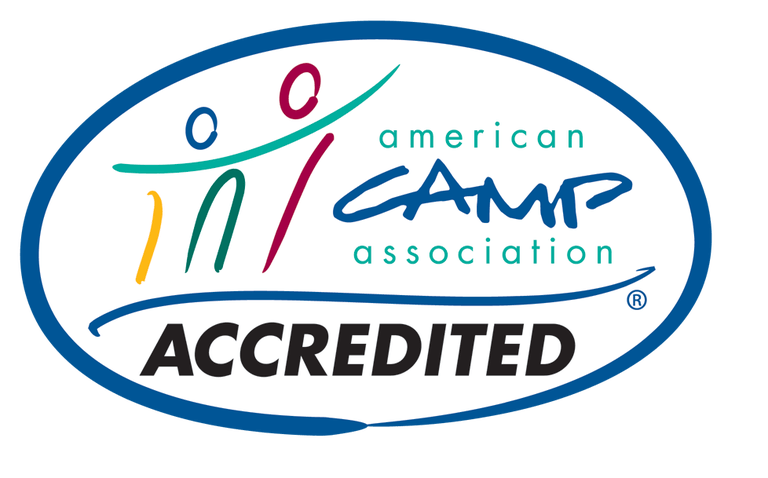49 Words to Paint a Picture
/In their fall newsletter, the Nisqually Land Trust summarized Sound View Camp using forty-nine words…
It is quite a feat to take any pretty place and try to describe it with words. Because this article was written with nature lovers in mind, especially those who wish to keep places like Sound View preserved for all time, the description uses specific terms. Let’s break it down….
Drayton Passage is part of Puget Sound. A “passage” is a way from one point to another so barges often use Drayton Passage to or from Olympia. This passage is bound by Anderson on the east and the Key Peninsula (where Sound View is located) on the west.
Mature Forest ecosystems are dry to moist forests dominated by conifer or deciduous tree species over 80 years old.
A wetland is a distinct ecosystem that is flooded by water, either permanently or seasonally, where oxygen-free processes prevail. The primary factor that distinguishes wetlands from other land forms or water bodies is the characteristic vegetation of aquatic plants, adapted to the unique soil.
Embayments are "protected estuaries and lagoons within which there is too little wave action to form beaches. A barrier embayment would require a barrier beach to protect it, We generally refer to this beach as a sand-spit.
A lagoon is a shallow body of water separated from a larger body of water by barrier islands or reefs.
A Feeder Bluff is a coastal cliff or headland that, through erosion and weathering, provides sediment to down-current beaches. The sandy cliffs to the south of Sound View are the feeder bluffs.
Salt marshes are coastal wetlands that are flooded and drained by salt water brought in by the tides. They are marshy because the soil may be composed of deep mud and peat. Sound View’s lagoon includes a salt marsh.
Tideland is land covered by water at high tide and uncovered at low tide. For Sound View, this represents quite an area.
There, you have it! Take the quiz to see what you know.






